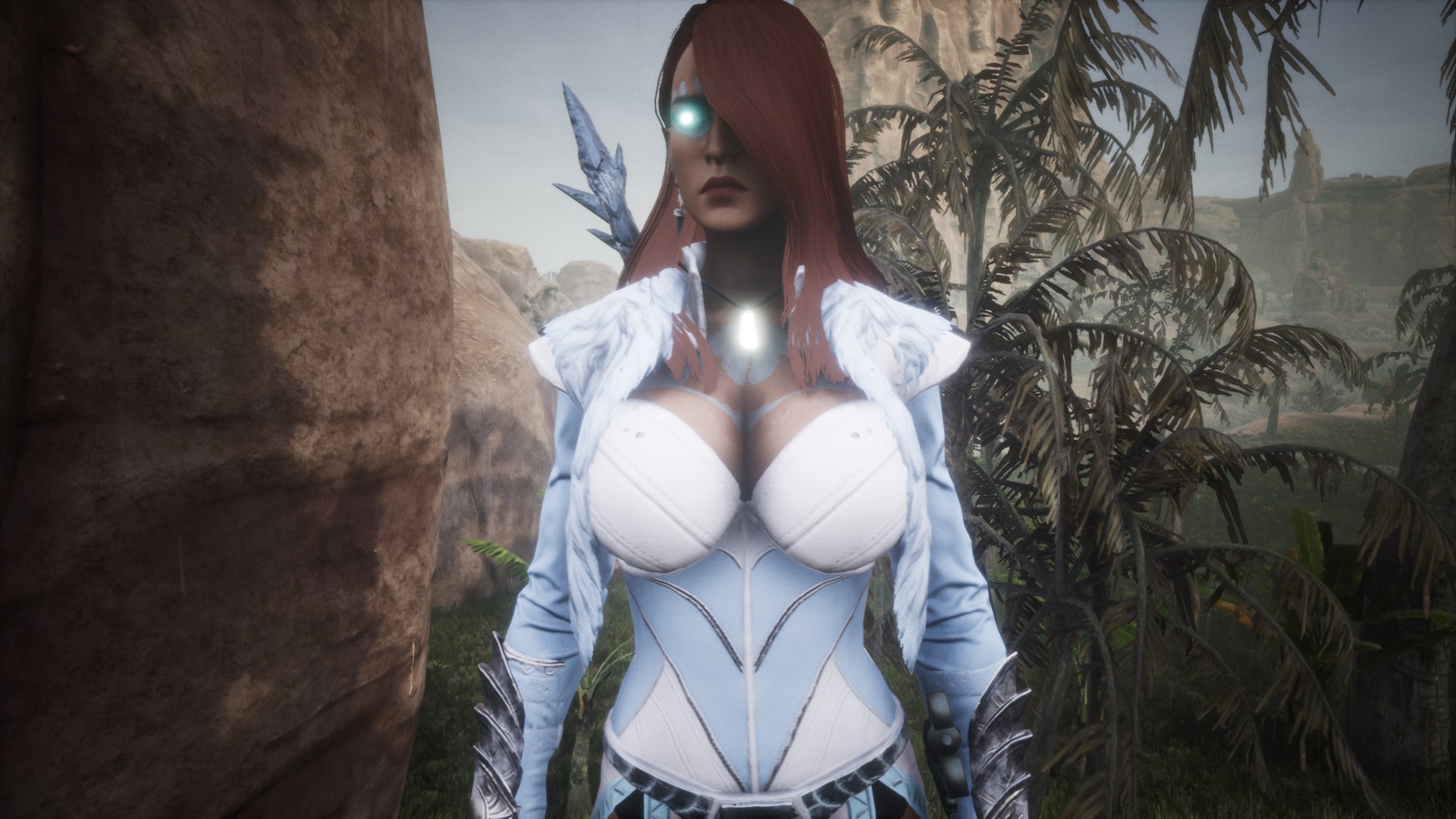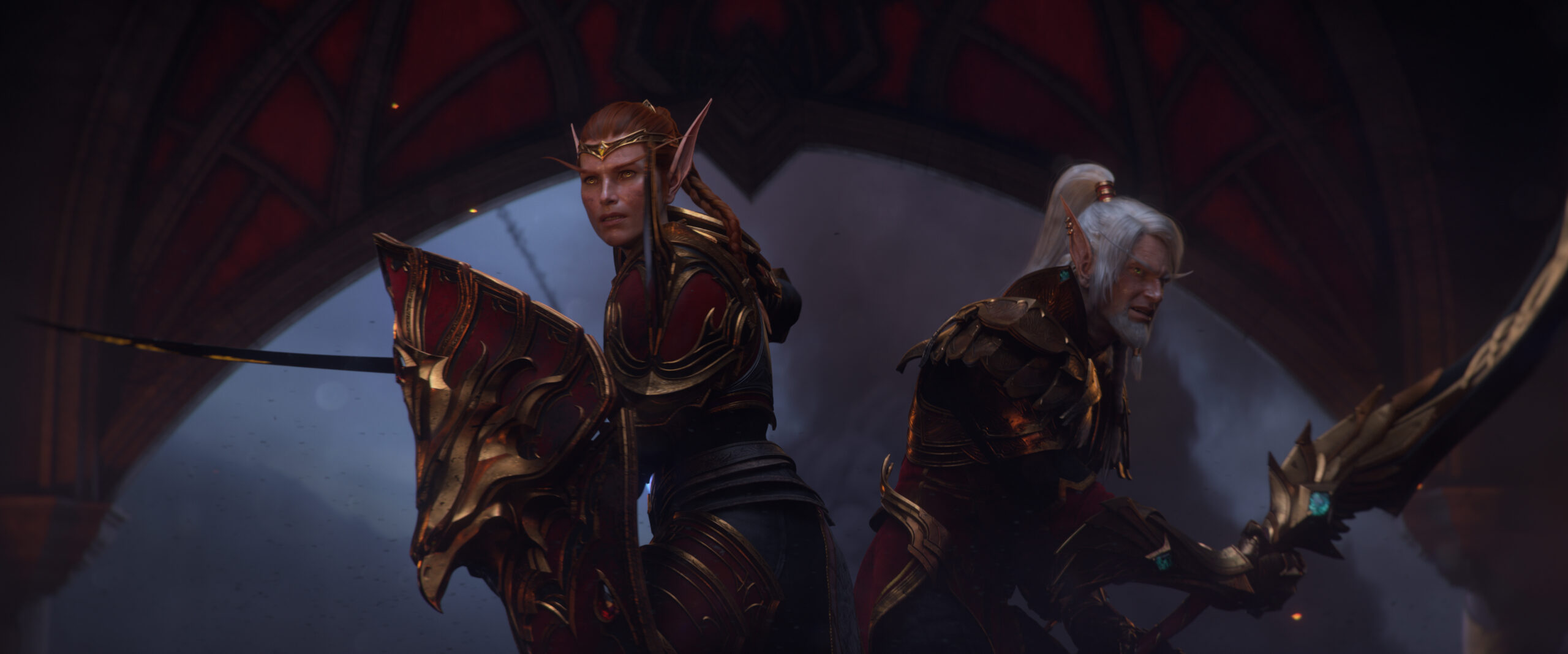Bound by Blood: The Windrunner Sisters’ Journey
Few families in the Warcraft universe have shaped the fate of Azeroth as profoundly as the Windrunner Sisters. Hailing from the high elven kingdom of Quel’Thalas, Sylvanas, Alleria, and Vereesa each carved a unique path through their world’s tumultuous history—embodying different aspects of duty, sacrifice, and the complex nature of heroism. Their intertwined stories form one of fantasy gaming’s most compelling family sagas, rich with loyalty, transformation, and the terrible price of war.
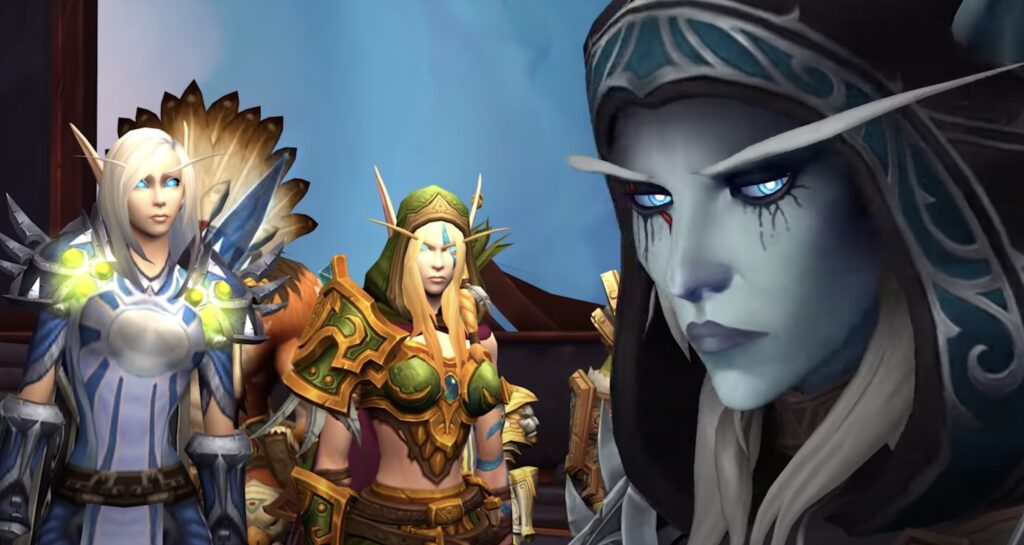
The Eldest: Alleria Windrunner, the Void Hunter
Alleria Windrunner stands as the eldest of the three sisters and perhaps the most traditionally heroic in her origins. A skilled ranger-captain of Silvermoon, she first gained prominence during the Second War, where her tactical brilliance and unwavering dedication to protecting her homeland made her a legend among her people. Her golden hair and keen eyes became symbols of elven resilience during some of the darkest hours in Quel’Thalas’ history.
The defining moment of Alleria’s story came with her decision to follow the Alliance forces through the Dark Portal to Outland, pursuing the retreating orc armies. This choice, made from a sense of duty and vengeance, would separate her from her family for decades and ultimately transform her in ways she never could have imagined. Her time in the shattered realm of Outland, fighting alongside heroes like Turalyon, cemented her reputation as a champion of the Light.
However, Alleria’s greatest transformation came through her encounter with the Void. In her quest to understand and combat the Legion’s shadow magic, she delved into forbidden knowledge, allowing the whispers of the Void to guide her. This dangerous path granted her immense power but came at a personal cost that continues to define her character. She became the first Void Elf, a living bridge between the Light and Shadow, embodying the complex moral ambiguity that defines much of Warcraft’s storytelling.
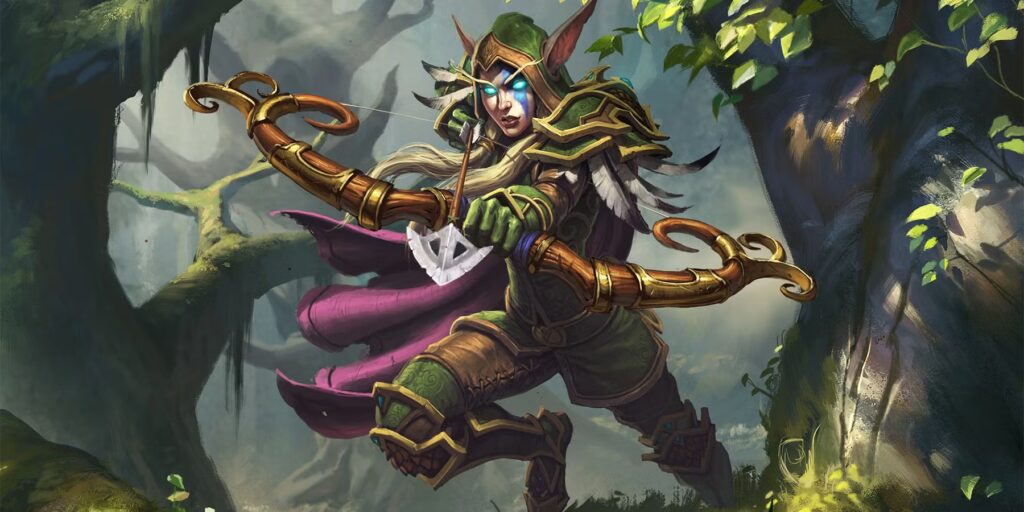
The Middle Sister: Sylvanas Windrunner, the Banshee Queen
Perhaps no character in Warcraft has undergone as dramatic a transformation as Sylvanas Windrunner. Originally serving as Ranger-General of Silvermoon, she was renowned for her tactical genius and fierce protection of her people. Her death at the hands of Arthas Menethil marked not an ending, but a horrifying rebirth that would reshape the political landscape of Azeroth.
Raised as a banshee in service to the Lich King, Sylvanas experienced a torment that few could comprehend. Her undeath stripped away much of what made her who she was, replacing warmth with cold calculation and hope with bitter pragmatism. Yet it was this very transformation that allowed her to eventually break free from the Lich King’s control, becoming the Dark Lady of the Forsaken and carving out a place for the undead in a world that feared and despised them.
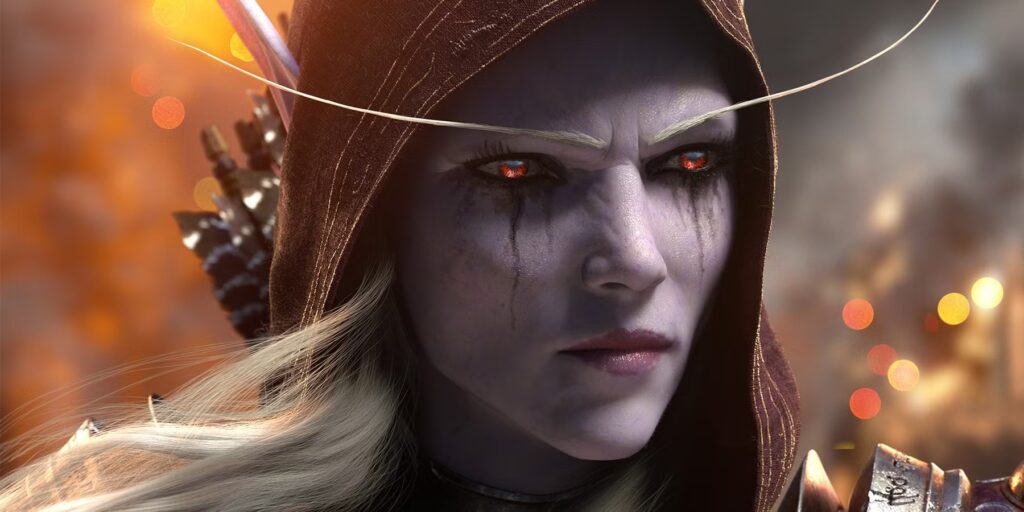
As Warchief of the Horde, Sylvanas pursued increasingly controversial methods in her war against the Alliance. Her actions during the Fourth War, including the burning of Teldrassil and the use of plague warfare, demonstrated how far she had traveled from her origins as a protector. Her eventual betrayal of the Horde and alliance with the Jailer revealed the depth of her transformation and the lengths she would go to in pursuit of what she believed was a greater good.
The complexity of Sylvanas lies in her motivations. While her methods became increasingly ruthless, her core desire to protect those she considered her people remained constant. Her story serves as a meditation on how trauma and loss can fundamentally alter a person and whether redemption is possible after crossing certain moral boundaries.
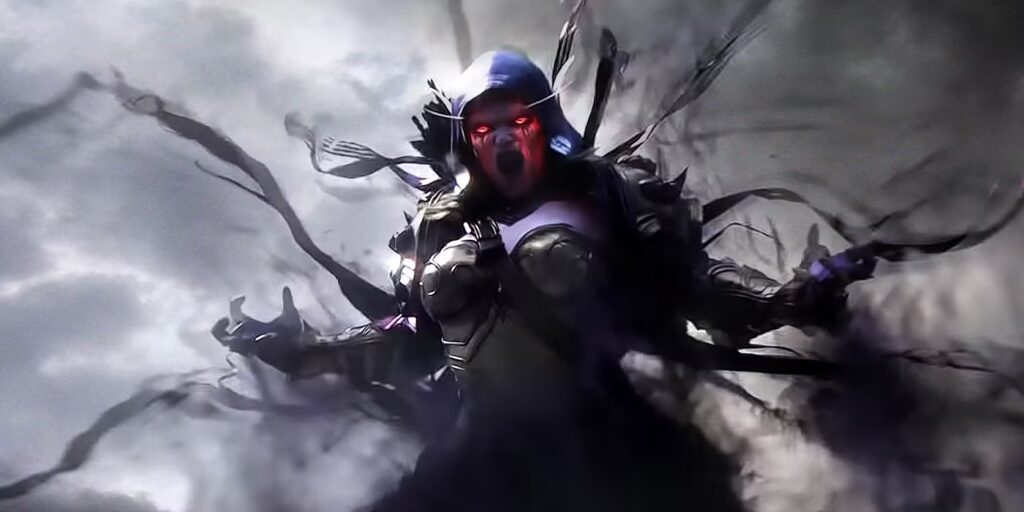
The Youngest: Vereesa Windrunner, the Silver Covenant
Vereesa Windrunner represents a different path from her sisters, embodying steadfast loyalty to traditional values while adapting to a changing world. As a member of the Kirin Tor and leader of the Silver Covenant, she has maintained her allegiance to the Alliance while navigating the complex politics of Dalaran and the broader magical community.
Her marriage to the human mage Rhonin added a personal dimension to the Alliance’s multi-racial cooperation, and their children represent a new generation that embodies the potential for unity between the races of Azeroth. Vereesa’s story has been marked by personal loss, including the death of her husband and the constant tension between her duty to the Alliance and her love for her sisters.
What makes Vereesa particularly compelling is her role as the moral center of the Windrunner family. While Alleria embraced the Void and Sylvanas fell to darkness, Vereesa has remained true to her principles, even when those principles put her at odds with her own family. Her refusal to join Sylvanas in undeath, despite the temptation of reuniting with her sister, speaks to a strength of character that is often overlooked in favor of more dramatic transformations.
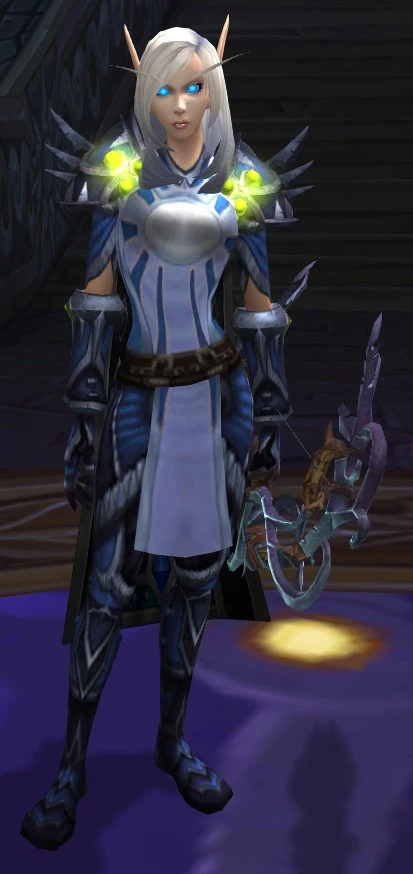
The Windrunner Legacy: Themes and Impact
The Windrunner sisters’ stories explore several profound themes that resonate throughout the Warcraft universe. The nature of sacrifice stands central to each sister’s journey. Alleria sacrificed her connection to her family and ultimately her very nature in pursuit of power to protect others. Sylvanas sacrificed her humanity and ultimately her honor in her quest to secure a future for the Forsaken. Vereesa sacrificed the possibility of reunion with her sisters to maintain her principles and protect the living.
Family bonds under extreme stress form another crucial theme. Despite their vastly different paths, the sisters’ love for each other persists even as their choices drive them apart. This tension between personal loyalty and broader duty creates some of the most emotionally resonant moments in Warcraft’s storytelling.
The concept of heroism itself is examined through their divergent paths. Traditional heroism is embodied by Vereesa’s steadfast loyalty and Alleria’s initial service to the Light. However, Sylvanas’s journey questions whether heroism can exist without traditional morality and whether the ends can justify increasingly questionable means.
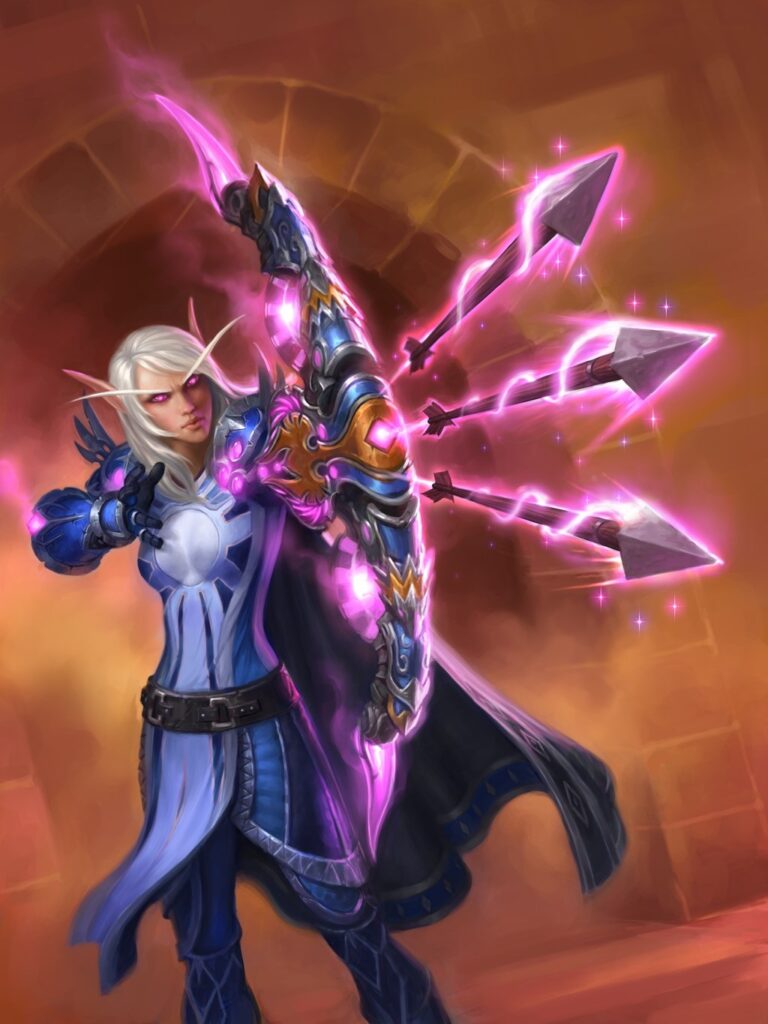
Cultural Impact and Player Connection
The Windrunner sisters have become iconic figures in gaming culture, representing different player archetypes and moral philosophies. Sylvanas, in particular, has generated passionate debate among players about redemption, the nature of evil, and the responsibilities of leadership. Her character arc has sparked thousands of discussions about whether her actions were justified and if redemption was possible.
Each sister has also influenced game mechanics and player options. Alleria’s transformation introduced Void Elves as a playable race, while Sylvanas’s leadership of the Forsaken provided narrative justification for undead player characters in the Horde. Vereesa’s role in Dalaran has made her a familiar figure to players engaging with the game’s magical storylines.
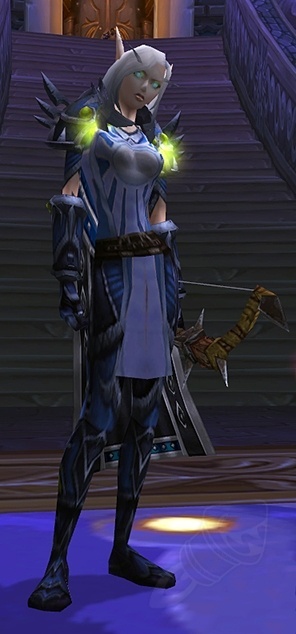
A Legacy Unfinished
The Windrunner legacy continues to evolve with each expansion of the Warcraft universe. Their stories serve as a reminder that heroism comes in many forms and that the choices we make in response to tragedy define us more than the tragedies themselves. Whether standing in the Light, embracing the Void, or walking the narrow path between extremes, the Windrunner sisters have left an indelible mark on Azeroth and on the players who have followed their journeys.
Their legacy lies not just in their individual accomplishments, but in what they represent collectively: the complexity of family, the weight of choice, and the enduring power of love even in the face of seemingly insurmountable differences. In a universe filled with larger-than-life heroes and villains, the Windrunner sisters remain compellingly human in their struggles, their failures, and their triumphs.
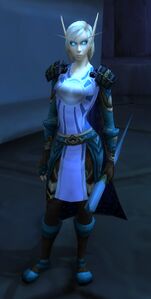
As the Warcraft saga continues to unfold, the Windrunner name will undoubtedly continue to carry weight, serving as a reminder that some of the most important battles are fought not against external enemies, but within ourselves and our relationships with those we love most.


